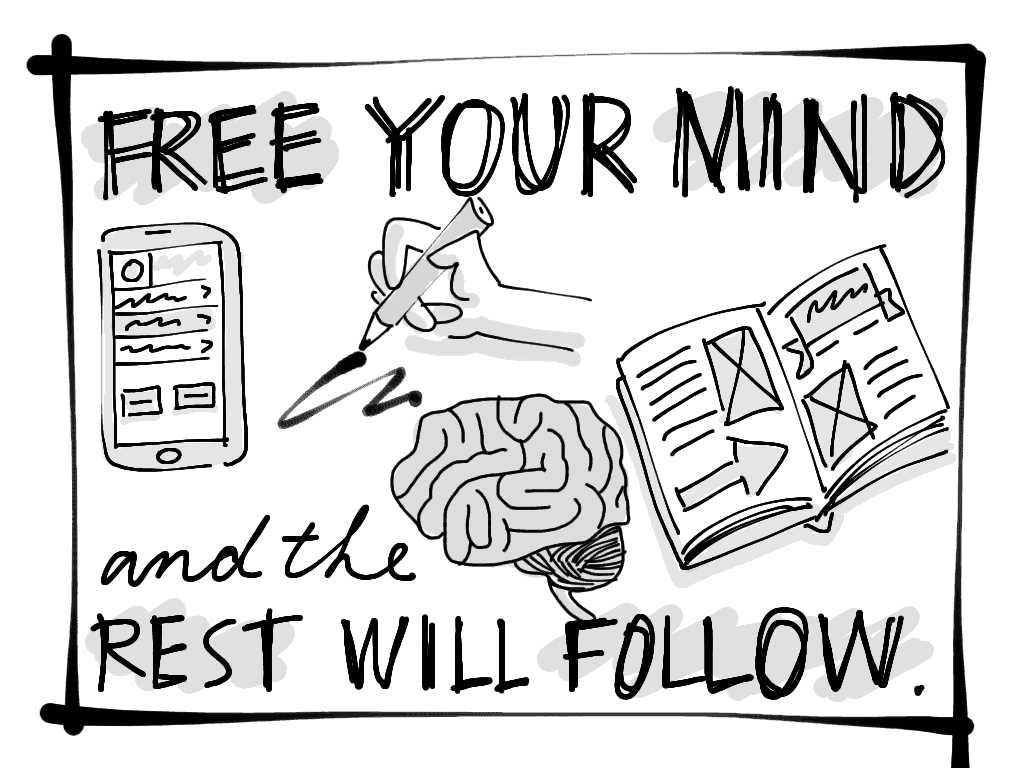I haven’t written about sketchnoting much since my article Sketchnoting 101: How To Create Awesome Visual Notes, which is kind of silly of me given it’s one of the most popular articles on our site.
Part of my hesitation to do so (read excuses, excuses!) is because this is a site about user experience design, and I’ve never been quite sure where sketchnoting fits under the UX umbrella. I don’t use it as part of my design process, and it’s not a technique I would necessarily recommend trying on a project (some clients may react strangely to you drawing doodles while they explain their business to you).
However, it’s clearly a topic that many UX designers are interested in. This site’s readership aside, browse through some of the most prolific sketchnoters and you’ll see that the number of UX Designers who are active in sharing their sketchnotes is disproportionately high—Mike Rohde, Eva-Lotta Lamm, Francis Rowland, Boon Yew Chew, Veronica Erb, and others.
The reason I believe sketchnoting and UX Design are such happy bedfellows is because they require similar skills: listening, processing, and sketching.
-
Note that jumping into a tool like Balsamiq Mockups that produces wireframes that look like sketches doesn’t constitute sketching. Don’t get me wrong, Balsamiq is a great tool (as are others), but it doesn’t hold a candle to a piece of paper when it comes to letting your ideas run free (pun intended).
So when you’re next sitting in a conference presentation, or team meeting, or even just on a park bench by yourself, reach for your pen and notepad and take some sketchnotes. Explore different typefaces, practice aligning items on the page, invent some new connectors, arrows or containers, and try drawing some images of objects that are beyond your comfort zone (hint: don’t start with faces or human figures—work up to those!).
All this sketching is the equivalent of doing mental push-ups—it’s good practice for your job. And the process of sketching may even deliver you a new idea as a bonus.

